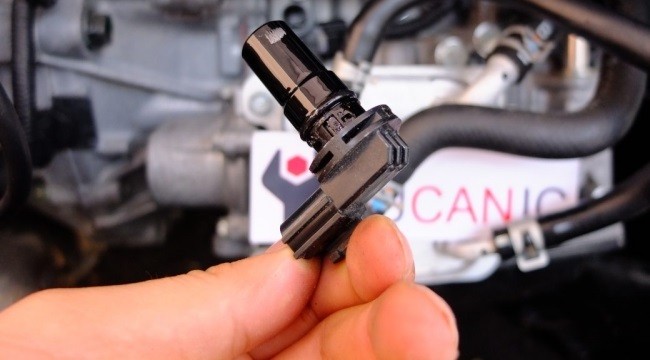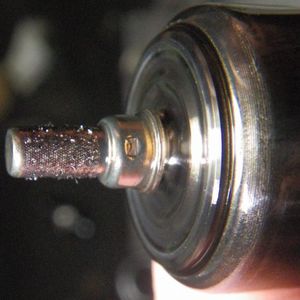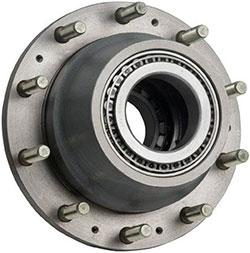
Symptoms of a Faulty or Faulty Speed Sensor
Content
Common symptoms include harsh or erratic shifting, cruise control not working, and the Check Engine light coming on.
Transmission speed sensors are used to calculate the actual transmission ratio during transmission use. Typically, there are two speed sensors that work together to provide accurate data to the car's on-board computer. The first transmission speed sensor is known as the input shaft speed sensor (ISS). As described, this sensor is used to monitor the speed of the transmission input shaft. The other sensor is the output shaft speed sensor (OSS). When either of these two sensors fail or there is an electrical problem, the operation of the entire baud rate sensor is affected.
After the data is logged, two transmission speed sensors, also commonly referred to as the vehicle speed sensor (VSS), send the data to the powertrain control module (PCM); which compares these two inputs and calculates which gear must be engaged for efficient driving. The actual gear ratio is then compared with the desired gear ratio. If the desired gear and the actual gear do not match, the PCM will set a Diagnostic Trouble Code (DTC) and the Check Engine Light or Malfunction Indicator Light (MIL) will illuminate.
If one or both of these speed sensors fail, you may notice one or more of the following problems.
1. Abrupt or incorrect switching
Without a valid speed signal from these sensors, the PCM will not be able to properly control transmission shifting. This can cause the transmission to shift unevenly or shift faster than normal. Also often a problem with these sensors can affect shift times, increasing the interval between transmission shifts. The automatic transmission is hydraulically controlled and designed for smooth operation. When the transmission shifts abruptly, it can cause damage to internal components including valve bodies, hydraulic lines and, in some cases, mechanical gears. If you notice your transmission shifting harshly or rough, you should contact your local ASE certified mechanic as soon as possible.
2. Cruise control does not work
Since the transmission speed sensors monitor the speed of the input and output shafts, they are also involved in cruise control control. When the sensors are not transmitting accurate data to the on-board computer of your car, truck, or SUV, the powertrain control module (PCM) will send an error code to the vehicle's ECU. As a precautionary measure, the ECU will turn cruise control off and make it inactive. If you notice that your cruise control won't turn on when you press the button, have your mechanic inspect the vehicle to determine why the cruise control isn't working. This may be due to faulty baud rate sensors.
3. Check Engine light comes on.
If signals from these sensors are lost, the PCM will set a Diagnostic Trouble Code (DTC) and the Check Engine light on the vehicle's dashboard will illuminate. This alerts the driver to a problem that should be investigated quickly because an error code has been sent to the car's computer. It may also indicate that there is an increase in exhaust emissions that exceed the allowable limits for air pollutants from vehicles.
In any case, if you notice that the Check Engine light is on, you should contact your local mechanic to download error codes and determine why the Check Engine light is on. Once the problem is fixed, the mechanic will reset the error codes.
If the problem is with the speed sensors, depending on your specific transmission, professional ASE certified mechanics from AvtoTachki.com can replace the sensor. Some speed sensors are built into the transmission and the transmission must be removed from the vehicle before the sensors can be replaced.

